WaterBricks™: Step by Step Instructions
Today, I want to discuss WaterBricks™: Step-by-Step Instructions. People often ask me about WaterBricks™; here’s the deal: we must all stock water. I purchased these and want to show you how easy it is to store water in your home. They aren’t to be stored outside your home but for inside-home storage only. Your garage would be fine for the water if the temperatures are not too high or freeze in the winter. If you decide to use them for storing food for you or your pets, I’d still suggest finding a place that’s cool, dark, and as dry as possible.
If, by chance, you have purchased some WaterBricks™ and they’re still in the box, I get it. Sometimes, it seems overwhelming to open the box and get them filled. Trust me, people often tell me, “I bought them, but I haven’t taken them out of the box yet.”
I have two concerns right now—well, actually three: water, food, and our power grid. Water is contaminated more often than you realize in our city municipalities. I know you’re thinking there’s no way this can happen. Well, it’s true. I recently wrote a post in this regard, “Please boil your water.” How to Survive a Boil Water Notice I also recently wrote about the various options you have for water storage containers. Water is the most critical of life essentials, so let’s all join in the global need to store more water.
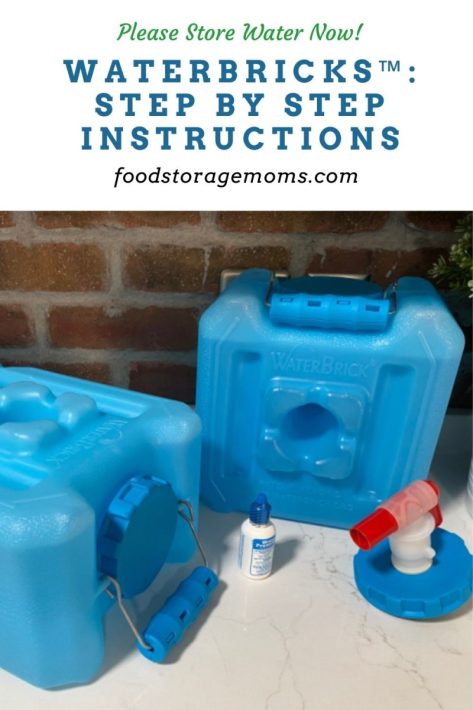
WaterBricks™: Step by Step Instructions
When we lived in Southern Utah, I wanted a water storage solution I could have readily available without having to go outside or in the garage to get some clean water. My research brought to my attention the WaterBrick products with their unique water containers. I decided to purchase some that I could stack in a corner of the house or slide under a bed. Thank goodness, their rectangular block shape made it easy to put over 56 gallons under a queen-sized bed in our guest room.
Although they’re designed to store both water and dry food, we’ve taken a different approach to food storage and use these for the storage of liquids, water to be exact. The quantity you’d want to have in your water storage plan depends on family size and how long you want quick access to clean water.
We’ve recently moved into our Accessory Dwelling Unit (ADU) in South Jordan, UT. We’ve had to cut back on how much water we can have indoors, but we’ll still have our 250-gallon and 160-gallon storage tanks in the garage.
We ordered 10 of the 3.5 gallons of liquid size units we’ve stacked next to our cases of Blue Can Drinking Water that I’ve written about. We spent part of the day yesterday getting the WaterBricks cleaned and filled. Let’s discuss the steps Mark and I took to make use of these smaller water storage containers.
WaterBricks™ Cleaning With Bleach
Since these containers came right out of the box from the manufacturer, we wanted to make sure they were cleaned first. Mark took a few teaspoons of unscented chlorine bleach and mixed them with a few cups of water in one of the WaterBrick units. He shook up the liquid in the container and then got another container ready to do the same.
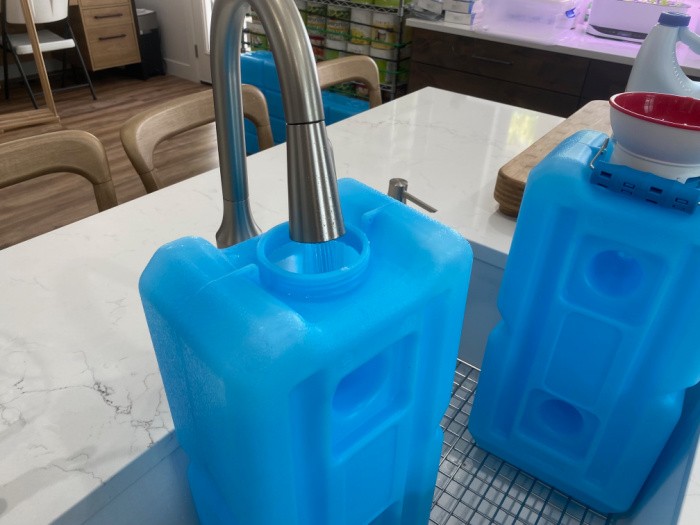
WaterBricks™ Rinsed Out
He then dumped the liquid from the first container into the next one using the large mouth red funnel you see in the picture below. The funnel made it possible to pour the cleaning liquid without a spill. The wide lid opening made the transfer easy once he removed the wide-diameter lid or cap. The company refers to this cap as an easy-grip lid. Red Funnel
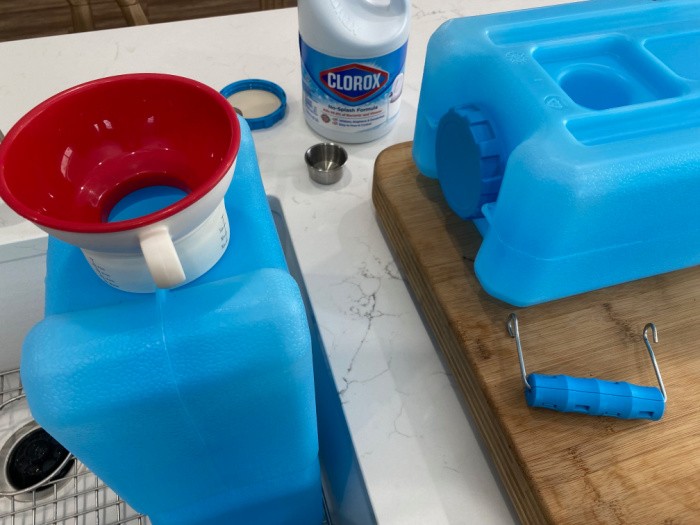
WaterBricks™ Half Teaspoon Water Preserver
Using unscented bleach, you can treat the water and rotate the water out every six months. The ratio for bleach is 1/4 teaspoon per gallon of water. I like a product called Water Preserver for a more efficient approach to water treatment. If you use Water Preserver, as I do, you rotate the water out every five years. You decide what you want to do, but I like the ease of less frequent treatments. Water Preserver. Each 3.5-gallon WaterBrick™ needs 1/2 teaspoon of Water Preserver per container. You may also want to consider the smaller WaterBrick™ , which holds 1.6 gallons.
You might be interested to know that if a 3.5-gallon WaterBrick™ is filled, it weighs approximately 27 pounds. The product weight is light until you add the water! This information helps determine who in your home can best fill and move the units to their emergency storage area.
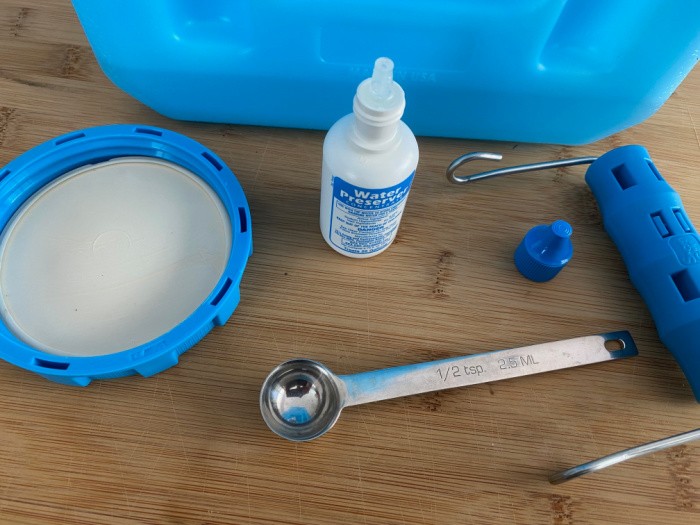
WaterBricks™ Handles Attached
To move the containers from place to place you can use the easy grip comfort handle that’s designed for an adult hand. The handles come from the manufacturer stored inside the container. You can see how the hooks face different directions, so they are less likely to come loose and fall off.
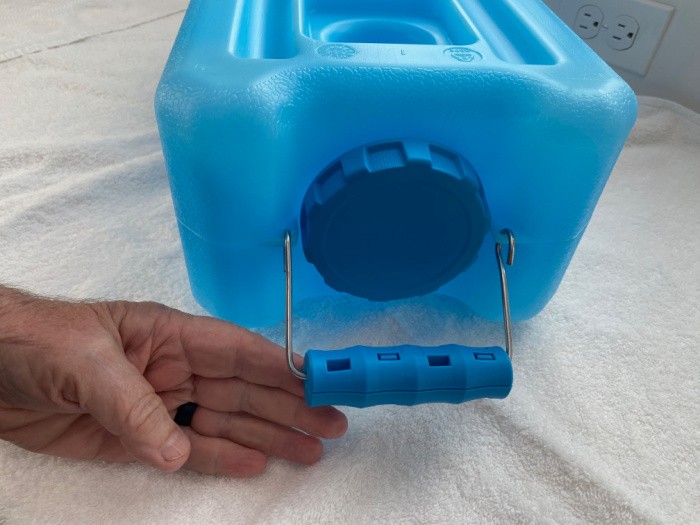
WaterBricks™ Ready To Store
These storage containers are made from high-density polyethylene, a plastic that makes for quality containers with a high durability level. You can see in the picture below that the units stack easily. They are made to stack as seen with male and female grooves and appendages. They can also be “cross stacked” so they are stable as you stack them in a higher configuration. In the picture, you can also see a spigot that can be used to dispense water from the unit rather than trying to pour from the wide-mouthed cap opening. You could possibly put one of the containers on a refrigerator shelf and dispense the water as needed.
Since we have our Blue Can Drinking Water in storage and also use reverse osmosis for our drinking and cooking, we plan to use the water from these containers for personal hygiene needs.
We view this option for emergency water storage as a helpful solution to the challenge of plastic waste and the problem of getting people to consider the recycling of plastic waste bottles. We wish there could be a major movement of people to not only store water, but to do so responsibly.
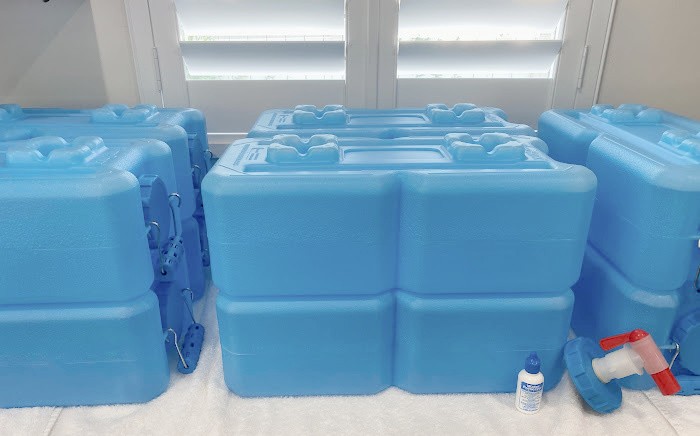
Final Word
Please stock water, my friends; you will need it before you think you do. Our water can be contaminated by outsiders, employee errors, intentional poisoning, etc. Please stock water; you will not regret it, I promise. May God Bless this World, Linda


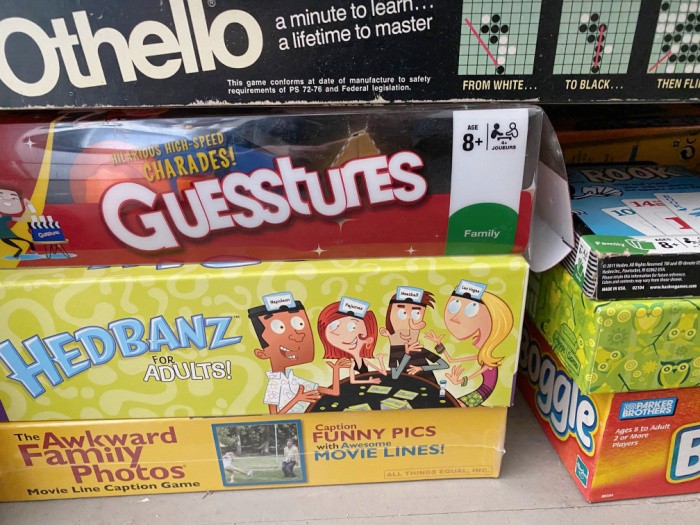
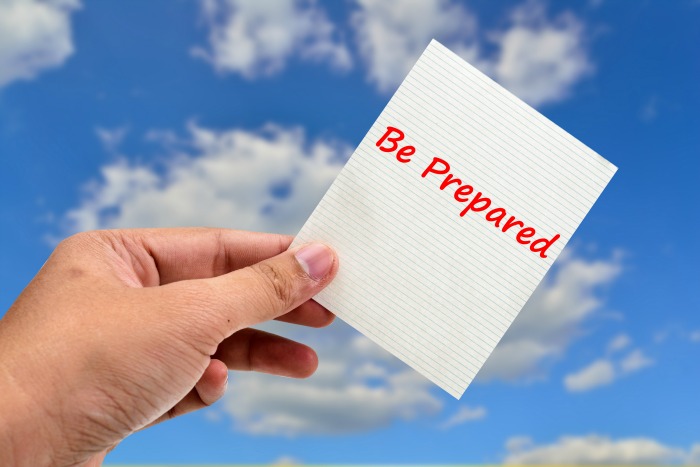
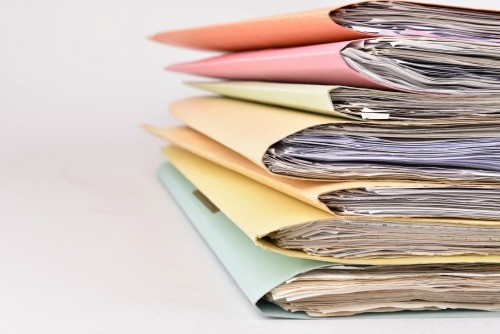
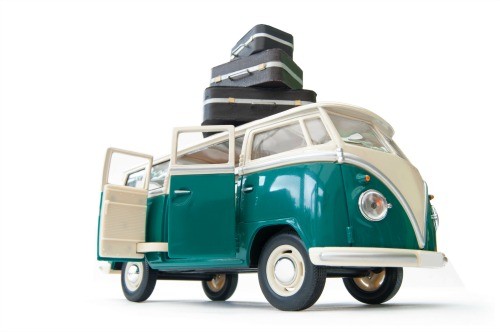
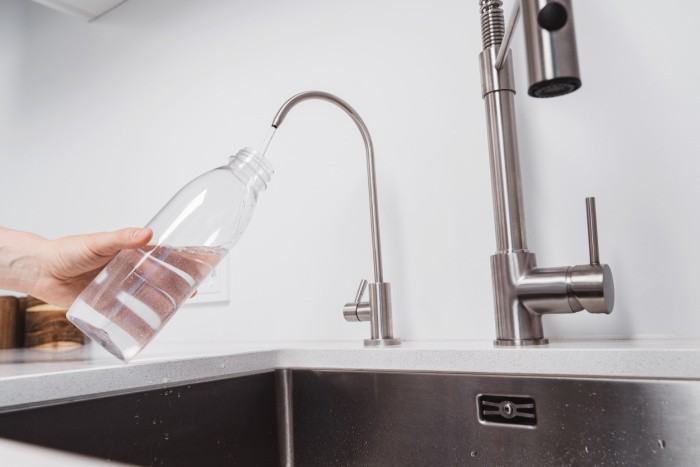
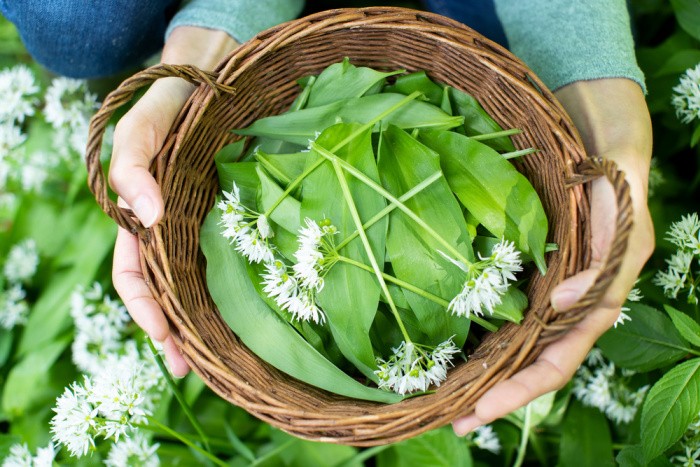
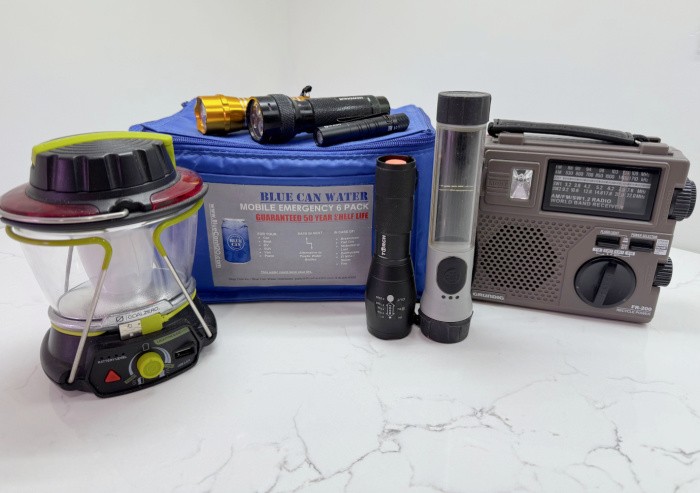
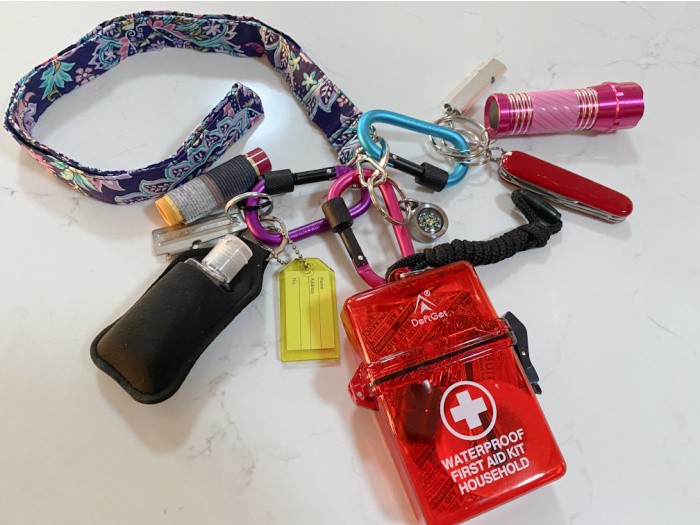
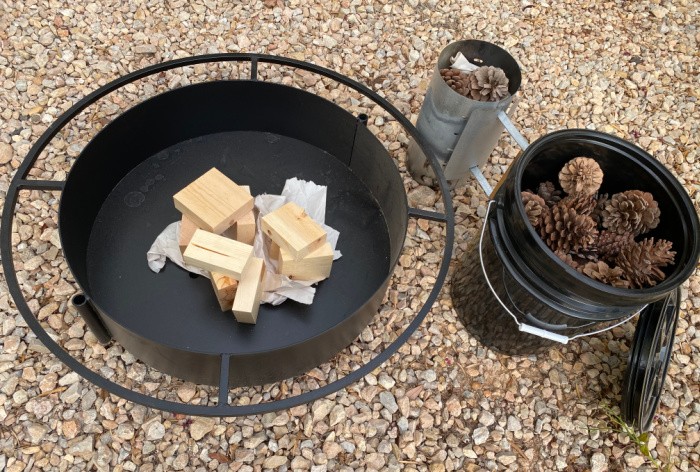
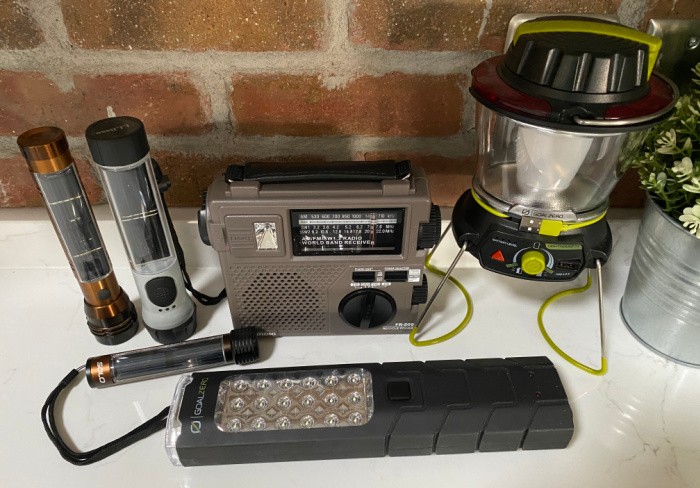
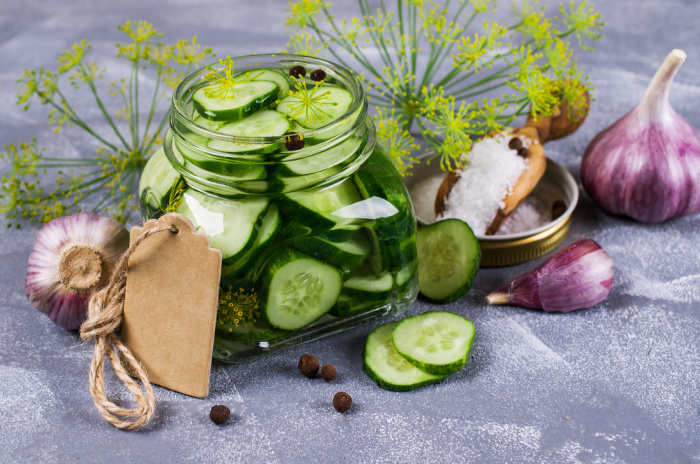
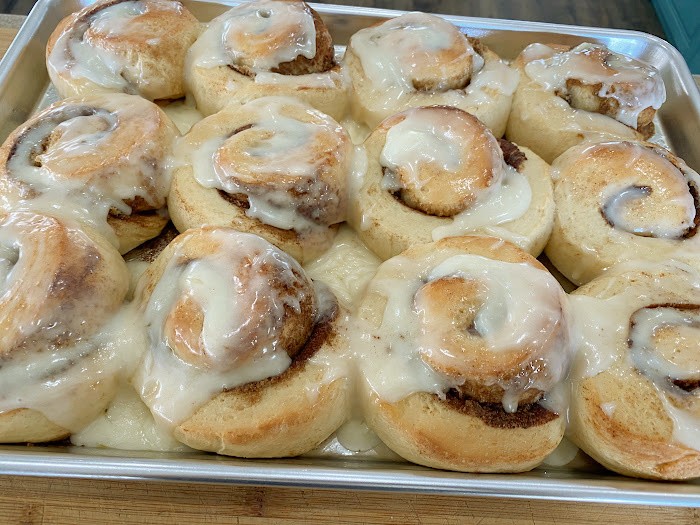

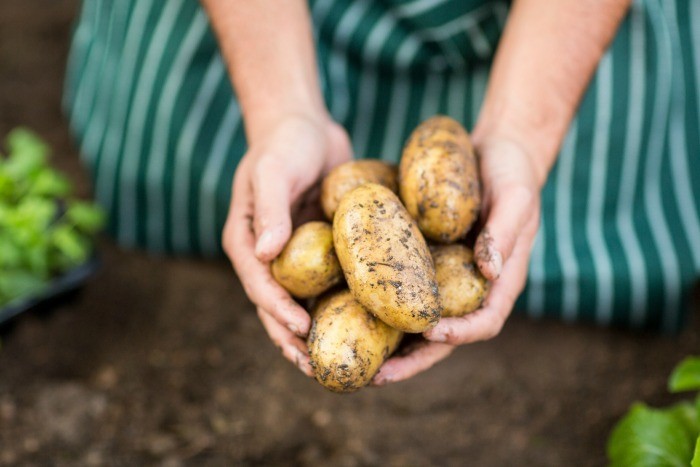
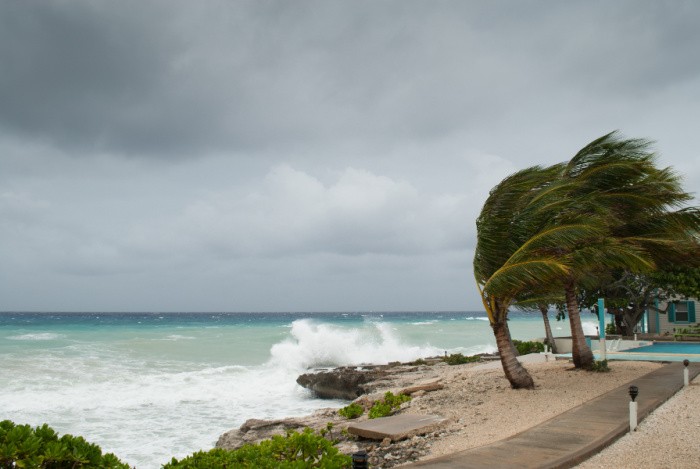
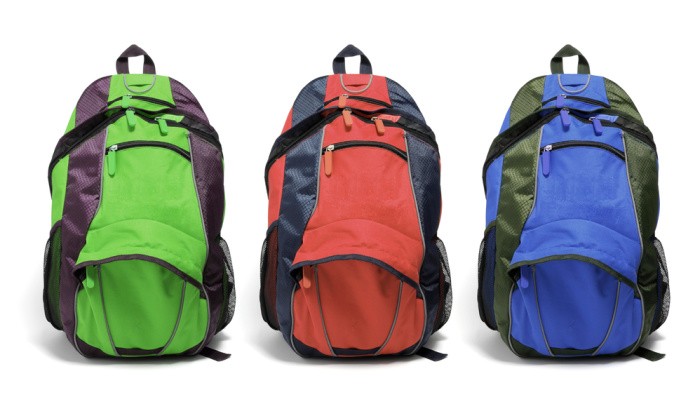
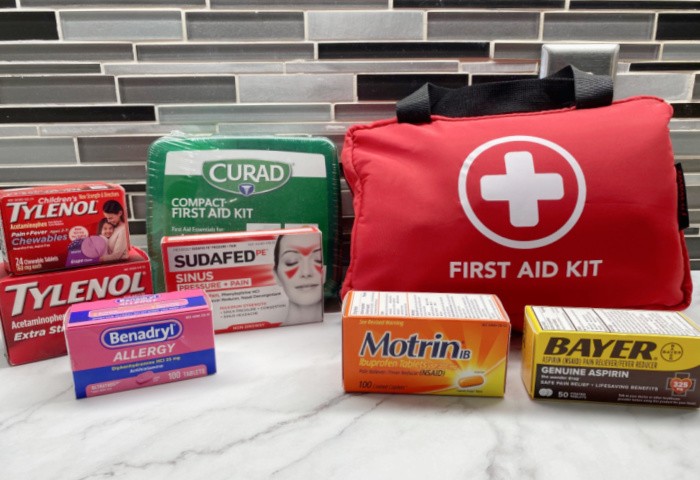


I can not stress enough how incredibly important it is right now to fill these and have them ready.
The water preserver has my interest but I’ve not used it yet. Every few years compared to annual would be nice.
Water bricks are very nice and are a layer in my supply. I do like the way they stack.
Hi Matt, I totally agree with you, people must store water immediately. Please don’t wait until the last minute. The store shelves will be empty after a disaster or if your city water is contaminated you will only be able to use what you have in your home or garage. It’s happening everywhere. Linda
Linda,
The active ingredient in Water Preserver is a 5.25% solution of Sodium Hypochlorite. The other 94.75% is labelled “inert ingredients,” most likely water.
Sodium Hypochlorite is also known as Regular Unscented Chlorine Bleach. That is to say both Water Preserver and Clorox are the same exact thing. They are both sodium hypochlorite. The only difference is that Water Preserver is 5.25% sodium hypochlorite and 95% inert ingredients whereas Clorox brand bleach is 6% sodium hypochlorite and 94% inert ingredients.This leaves me wondering why “water preserver” treats water for 5 years while Regular Unscented Chlorox Bleach (the exact same chemical) only works for one year.
Simply put the difference between sodium hypochlorite vs bleach is the consistency. Sodium Hypochlorite on its own is the powder substance used to create liquid beach, and bleach is a liquid disinfectant and whitening agent made by combining sodium hypochlorite with water.
This leads me to suspect that Water Preserver is simply very expensive bleach. I have used both in 55 gallon drums and while I rotate my water supply in them every few years I’ve never noticed any difference at all. The longest I’ve gone without rotating the water in my barrels is 3 years, but again, no detectable difference in the taste or appearance of the water.
If you know of some reason why Water Preserver is superior to common Unscented Bleach please share that information with us as the Preserver is very expensive compared to Chlorox Bleach.
Hi Ray, oh I remember you telling me that a very long time ago. That’s a great question. I quote from Amazon on the description: “Water Preserver Concentrate is a liquid additive that disinfects, preserves and extends the safe storage life of emergency drinking water. Water Preserver provides guaranteed 5-year storage* for regular tap water or commercial bottled water.” I say you go with your gut and use what you feel is safe for your family. I may just be lazy and I don’t want to buy the powder and mix it. Great reminder, my friend, Linda
Linda,
I don’t buy the powder, I just use Regular Unscented (meaning it just smells like Chlorine Bleach) Chlorox Bleach. I use an eye dropper and mix 8 drops per gallon of water, which is what the EPA recommends.
HI Ray, oh gotcha, that’s easy to do! Thank you for clarifying how you are doing it. Linda
I purchased the 3.5 gallon water bricks but found that as I’ve aged, handling that weight to lift the containers up on my table or counter was too awkward. So, I gave them to my daughter and son-in-law in exchange for the 2.6 gallon bricks. Much better for me.
Hi Leanne, I totally understand wanting the 1.6 gallon WaterBricks, they are so much lighter to carry. I’m glad you gave the 3.5 gallon ones to your daughter. Water is water but we need to be able to carry them. The smaller ones weigh about 13 pounds when filled with water, that’s easier than 27 pounds. Great reminder, thank you, Linda
Buying water bricks is on my list to do this year. I think for 3 days for 2 adults and now 2 cats (adopted a kitten this week) I would need 4 gallons per person per day and 1 gallon per pet pet day or 10 gallons a day. A set of 10 water bricks would hold 35 gallons, which if we are conservative would last between 3 and 5 days. To last a week, we would need at least 20 water bricks. I like the idea of water bricks because we can also take some camping with us to supplement our 30 gallon fresh water tank. Or use them to refill the tank if needed.
Hi Topaz, i love your planning, start with a few and add as you can. I have an entire wall lined with BlueCans and WaterBricks in my bedroom. Most people would not do that but water is important to me. Way to go my friend, Linda
I had (municipal) water in my bricks for over a year and was fine. I refilled them with spring water from a VERY popular spring in my area and after a few months there was MOLD (!!!!) under ALL the lids!! LOTS of people drink this, I have for months out of other containers, but these bricks all had mold quickly!!! Not sure what the problem was! That was a slap in the face of reality because I KNOWWWWWW how important clean water is for health!!! Eeeek! Any ideas? I’m going to scrub them all and try again, but man! That’s a lot of work taking 20 3-gallon bricks to the spring and hauling back into my house……ugh….
Hi Jennifer, I looked up what would cause mold to grow in the water, warm and humid conditions. I have never had this happen, I know you cannot store them outside, it can be too hot or they will freeze. I had 55 gallon containers in dark blue containers wiih UV covers for 15 years never changed out the water and we drained them and the water and containers were perfect. I gave them to my sister to take to Nevada. We were moving. I also gave her my WaterBricks, no mold in those. Where do you live? Is it humid, did you store them where it was too warm? If not, I wonder about the water. I’m not a microbiologist and have zero experience with bacteria. I would love to know why this happened. Linda
I think I have convinced my husband and son to get these. Husband insisted they be stored in the basement…..if you even mention water and our like new hardwood floors in the same sentence, he’ll have a stroke. He treats those floors more gentle than a babies bottom.
Hi Chris, oh my gosh, this comment gives me the giggles! As long as you basement isn’t flooded you will love having some WaterBricks! The new wood floors! I remember a family had new wood floors installed and the husband taped paper all over them, he didn’t want anyone to walk on them. I love the look of wood floors. We have laminate or whatever it’s called. It looks like wood but a whole lot cheaper. I love real hardwood floors, we have had them in a few homes. I can almost picture how beautiful they are! Linda
Hello.
Where can I purchase the wide mouth red funnel?
I recently received my 10 waterbricks and am ready to prepare and store.
Looks like the funnel would be very helpful.
Thanks
Brett Muir
Hi Brett, I bought a few from Amazon: https://amzn.to/3AUr6nr I use it for so many things. I think you will love having those WaterBricks! Good job, Linda